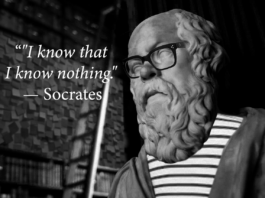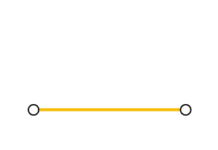The reframing of architectural practice
Architects love stories about an architect that’s found success in another profession by utilising their architectural skills. We rarely hear stories about how architect’s have used their architectural assets and skills in order to deliver better practice, better leadership or better culture. It’s t..
What makes a service succeed or fail? Expectations
Young synchronized skaters competing in Greece circa 2016. Creative Commons.An elderly woman interviewed on the recently-added Netflix documentary “Perfect,” said something to the effect: Audiences have higher expectations of younger dancers. Cut to a clip of older dancers struggling to stay in a st..
How Netflix’s binary rating system is hurting our documentaries
The good, the bad, and nothing else.
Continue reading on UX Collective »
Monsieur Bézier and his elegant curves
Design essentials: Bézier curves.
Continue reading on UX Collective »
How new computing tools are reshaping social science research
The road from Big data to Open Data
Continue reading on UX Collective »
A deep dive into Bootstrap
Sometimes to change your opinion, you have to force yourself to look at things differently.
Continue reading on UX Collective »
UX lessons from car gear stick designs
Habits and their role in design.In the world of new technologies and the user experience designed around them, we are often stuck within the thought of “newer is always better!” We soon find that this isn’t always the case, complaining that it’s hard to use, or not as good as we thought. But why so?..
The buzz around Dispo App and the delight of delayed gratification
The buzzy disposable camera photo app taps into powerful human emotions to create a product experience that keeps us coming back for more.
Continue reading on UX Collective »
Jobs-based business strategy: business language
As digital products grow in complexity, there comes a need for a businesses to start dividing up responsibility across cross-functional teams. These divisions of responsibility, while necessary, usually end up creating communication barriers in the organization (Edmondson, 2012), better known as “si..
In search of the perfect search for Wikipedia
The Android app team improved one of their core features- searching for articles on Wikipedia. While we were making discovery more intelligent, personalized and efficient, we experienced a surprise.Original image by Alan Wilson, CC BY-SA 3.0, via Wikimedia CommonsBy Robin Schoenbaechler
In a recent ..












